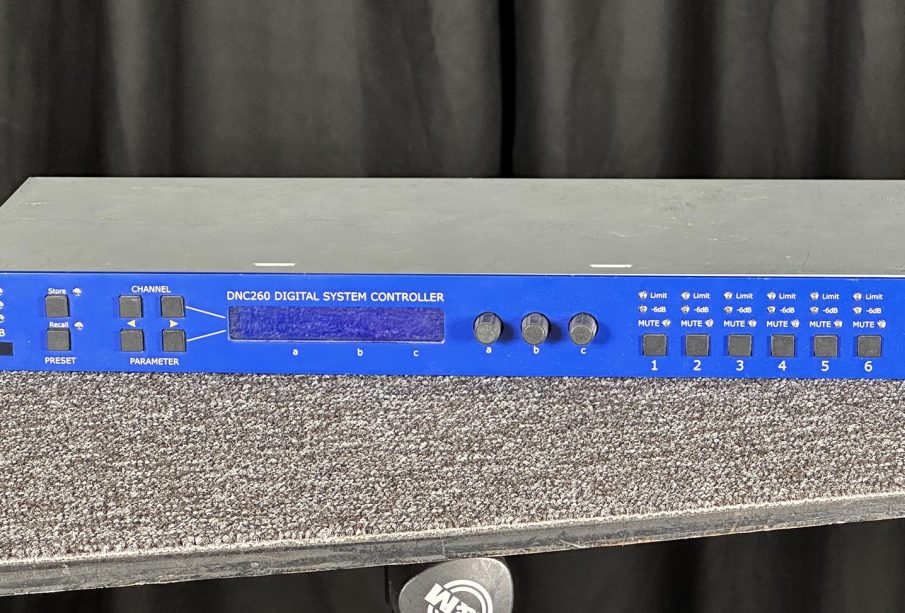Understanding Coda: The Future of Document-Centric Applications

The Introduction of Coda
Coda is a cutting-edge platform that has gained significant traction in the coding and productivity arenas. Launched in 2014, it aims to redefine how teams collaborate and create applications by integrating documents and spreadsheets with full coding capabilities. This evolution is particularly relevant as companies increasingly seek flexible tools to adapt to remote working environments and digitised workflows.
Innovative Features of Coda
Coda operates on the principle of combining traditional document features with the power of an application, making it a unique proposition in today’s software marketplace. Users can create an array of functionalities, from simple databases to complex interactive applications, all within a document-like interface. This capability has proven especially beneficial for businesses that need to quickly generate applications without relying on extensive coding knowledge.
One of the standout features is Coda’s ability to include real-time data manipulation, allowing users to build apps that can be instantly updated and accessed by team members. Coda also supports a wide variety of templates, catering to different industries and needs, from project management to financial tracking, which enhances productivity.
Impact on the Coding Landscape
The introduction of Coda significantly impacts the coding landscape as it lowers the barrier to entry for non-technical users. Traditionally, coding and app development required a specific skill set and deep understanding of programming languages. Coda invites everyone to engage with technology on a new level, thus promoting inclusive innovation.
Moreover, as businesses continue to digitize and automate their processes, the relevance of platforms like Coda increases. The company has witnessed strong user growth, with reports indicating hundreds of thousands of active users across various sectors, indicating the potential breadth of Coda’s influence.
Conclusion: The Future of Coda
In summary, Coda is paving the way for a new era of document and application integration, which could reshape how we approach productivity and team collaboration. As companies continue to seek flexible, user-friendly solutions to address their needs, Coda stands out as a promising player in the market. The continued evolution of tools like Coda could ultimately lead to a more accessible programming landscape, enabling teams to innovate faster and more collaboratively than ever before.




